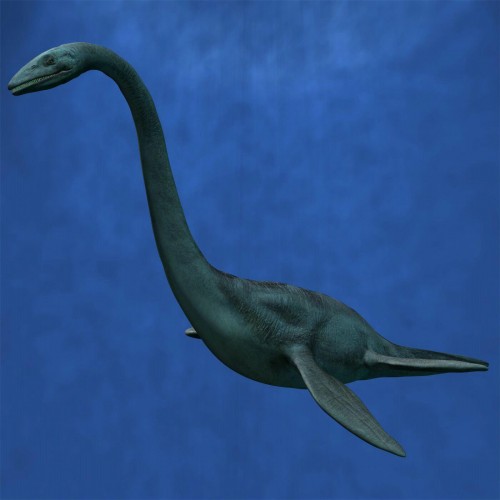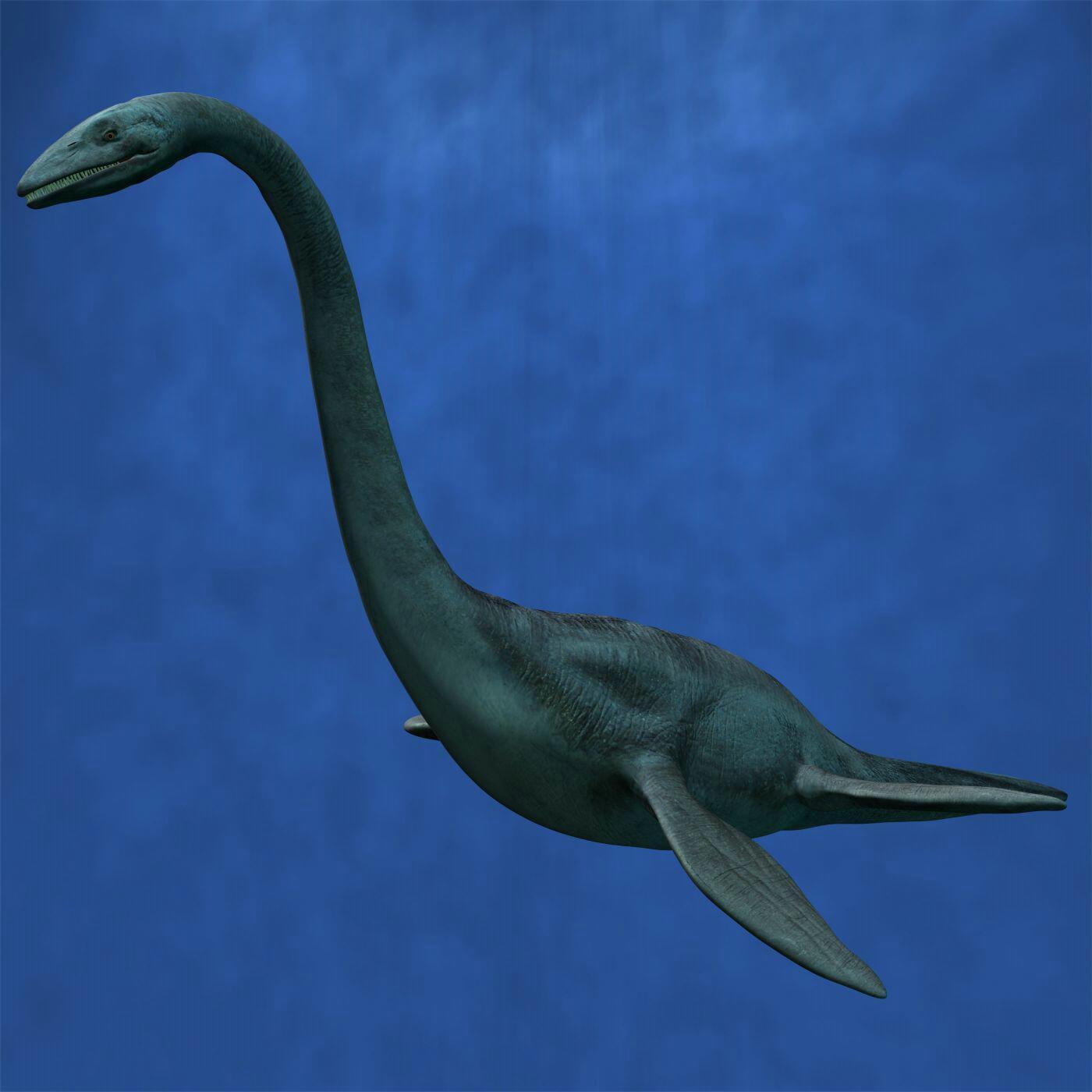
A few days back Henry laid out a a plan for those of you who’d like to see “lake creatures” up close and personal. Now, on the heels of that offering comes this interesting news from Scotland.
It was a chilly day in April as hotel manager Aldie Mackay looks out over the Loch and spots something in the water that she described as “something resembling a whale”. It was 1933 when that first recorded modern sighting of Nessie was reported.
Now 80 years later statistical ecologist, Dr Charles Paxton is poised to present a catalog of sightings he has compiled which covers that 80 year span. This will be on the agenda at the St Andrews Academic’s Edinburgh International Science Festival, starting today.
I have never been all that interested in the Loch Ness Monster as I guess it always seemed somewhat humdrum. To be perfectly honest, the sightings come at a rate which on the excitement scale, don’t even rival a paint drying session. Then, when there is some rare glimmer of hope, it turns out to be a bump or a wake, which I’m sorry to say, is not the kind of news that gets my hair standing on end.
As we can see by the following report, Nessie is not the least bit bromidic to Dr. Paxton:
Loch Ness monster expert to reveal findings
AN EXPERT delving deep into the history of Nessie spotters is to reveal his findings on the 80th anniversary of the first modern-day sighting.
Dr Charles Paxton, a statistical ecologist from St Andrews University, is working on the first catalog of all known sightings of the Loch Ness monster in modern times.
The researcher will present his findings at a conference this weekend, organized as part of the Edinburgh International Science Festival.
The special event organized by the St Andrews academic marks the 80thanniversary of the first official sighting of Nessie.
It was in April 1933 that Drumnadrochit hotel manageress Aldie Mackay reported “something resembling a whale” while on the road from Inverness.
Dr Paxton, a research fellow at the University’s Centre for Research into Ecological and Environmental Modeling, is interested in how science handles anomalistic and low frequency data.
He will analyze all reported sightings for consistencies or patterns that could be explained by natural phenomena.
He said, “I am carrying out a statistical analysis of Loch Ness monster accounts since 1933, specifically looking for clusters in terms of what is reported. In some cases there are multiple witnesses, or witnesses giving multiple accounts of the same event, which allow us to test eyewitness consistency.”
There have been more than 1000 recorded sightings of ‘Nessie’ and Dr Paxton has so far sifted through over 800 of these cases.
Although he wryly notes more than a few hotel proprietors among the typical spotters, Dr Paxton says that ‘everyone’ sees Nessie, from ordinary locals to clergymen.
He said: “Everyone sees Nessie from aristocrats and celebrities such as Gavin Maxwell and Compton Mackenzie to ordinary folk and children.
“Professions include cafe and hotel proprietors, chauffeurs, police inspectors, bank managers, students, town clerks, lorry drivers, clergymen, forestry workers, office workers, water bailiffs and fishermen.”
read on here….
To really get you into the mood, here are the first 15 minutes of the film, ‘Loch Ness’, starring none other than Mr. Teeeed dansoN! (for those of you playing at home, the inflection comes at the end.)
The rest of the movie is available over at Youtube. I saw it and thought it wasn’t half bad.
Getting back to my views on the subject, logic would intimate the majority of sightings are likely drifting tree torsos, debris, or some type of non-crypto aquatic life. Furthermore, I’ve seen just about every Nessie photo out there, but I’m more inclined to believe these explanations than a 30 to 60 foot Plesiosaurs refugee from bazillions of years ago.
Then there’s the question of an ongoing populous. Could the Lock support a group of these creatures? If we’re going to accept the possibility, then we have to assume there would be several creatures. Further, These cryptoswimmers would have to be procreating to keep the clan at a level of sustainability. Seems to me, six or less would leave the Loch barren of a viable food source in about a years time. I’m sure someone out there could figure out all the variables involved, just not me. Actually, I could do it, I just don’t want to.
I am happy to see that Dr. Paxton has taken the time to compile this detailed history, however, I’d be lying if I said I were interested in reading it. Well then Scott, why even do an article on the subject?
My reasons are obvious. Although I’m not a Nessie lover, there are millions of people who are and I feel it’s important for them to know they have access to the Paxton catalog.
After all, we’re not here to please ourselves, we are here to inform and entertain the masses.
Note: I’d like to apologize to Henry for using the term “monster”.
Quoted content comes to us from scotsman.com.
Associated Content:
GT: Latest Nessie Sighting
GT: Loch Ness Photos: More Photos Of Nessie Surface
GT: The end of Nessie: Researchers fear Loch Ness monster may be dead





